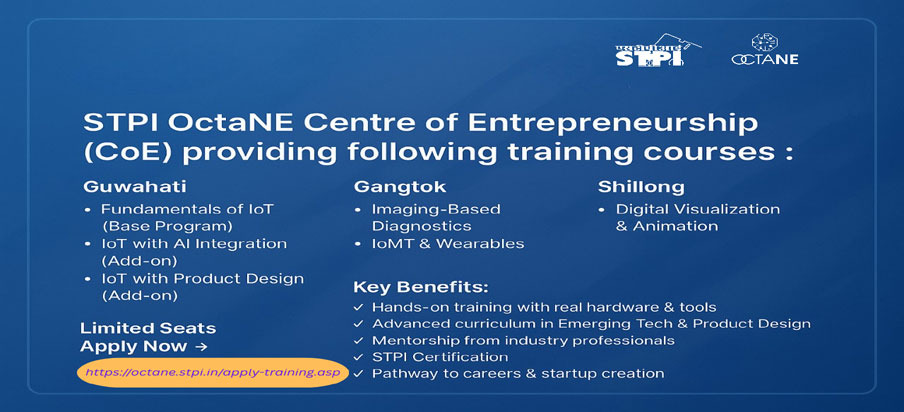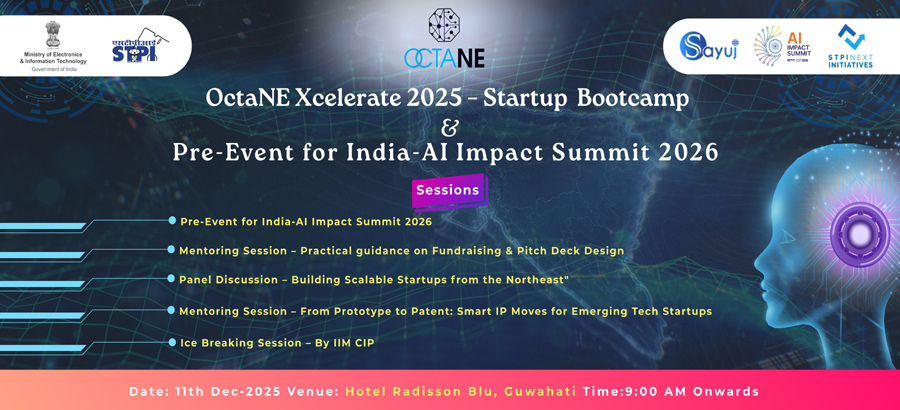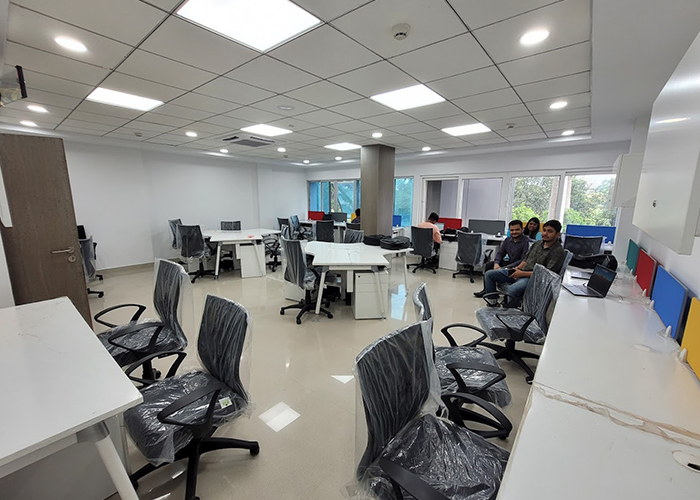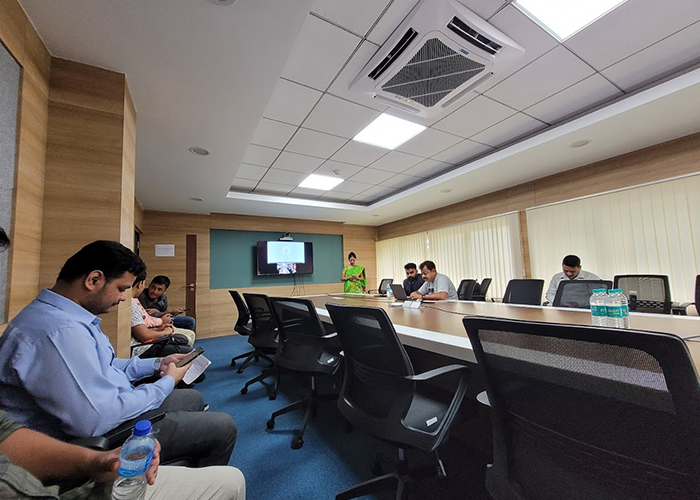STPI'S STARTUP INITIATIVE IN NORTH EAST
ENABLING TECHNOLOGY LED INNOVATIONS IN NORTH EASTERN STATES OF INDIA
OCTANE is a group of eight internetworked Centre of Entrepreneurship (CoE) to support technology led innovation in the North Eastern India.
OCTANE is expected to create direct employment for over 1,250 local youth (in-house units only). Further, direct employment in graduated units is expected to reach over 4,000 by Year-15 on conservative basis. In addition, the local start-ups will be able to avail of good quality incubation facility to start operations - without investing capital for the same.
- To incubate start-ups in new and emerging technologies in the areas of electronics and IT
- To provide a robust platform for start-ups, with single umbrella support services like mentorship, cloud computing subsidy, seed capital assistance, marketing support (incl. IPR protection) etc.
- To create employment opportunities in new innovative start-ups
- To develop a tinkering and innovation culture amongst students and professionals by establishing innovation zones for start-ups
- To facilitate E-Commerce activities and applications







































_50625922.png &maxSize=150px)




























 Tripura_520845836.jpg&maxSize=150px)
_520845836.png&maxSize=150px)

 Mizoram_520845836.jpg&maxSize=150px)







